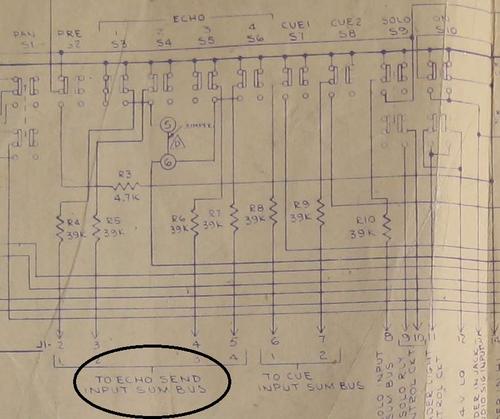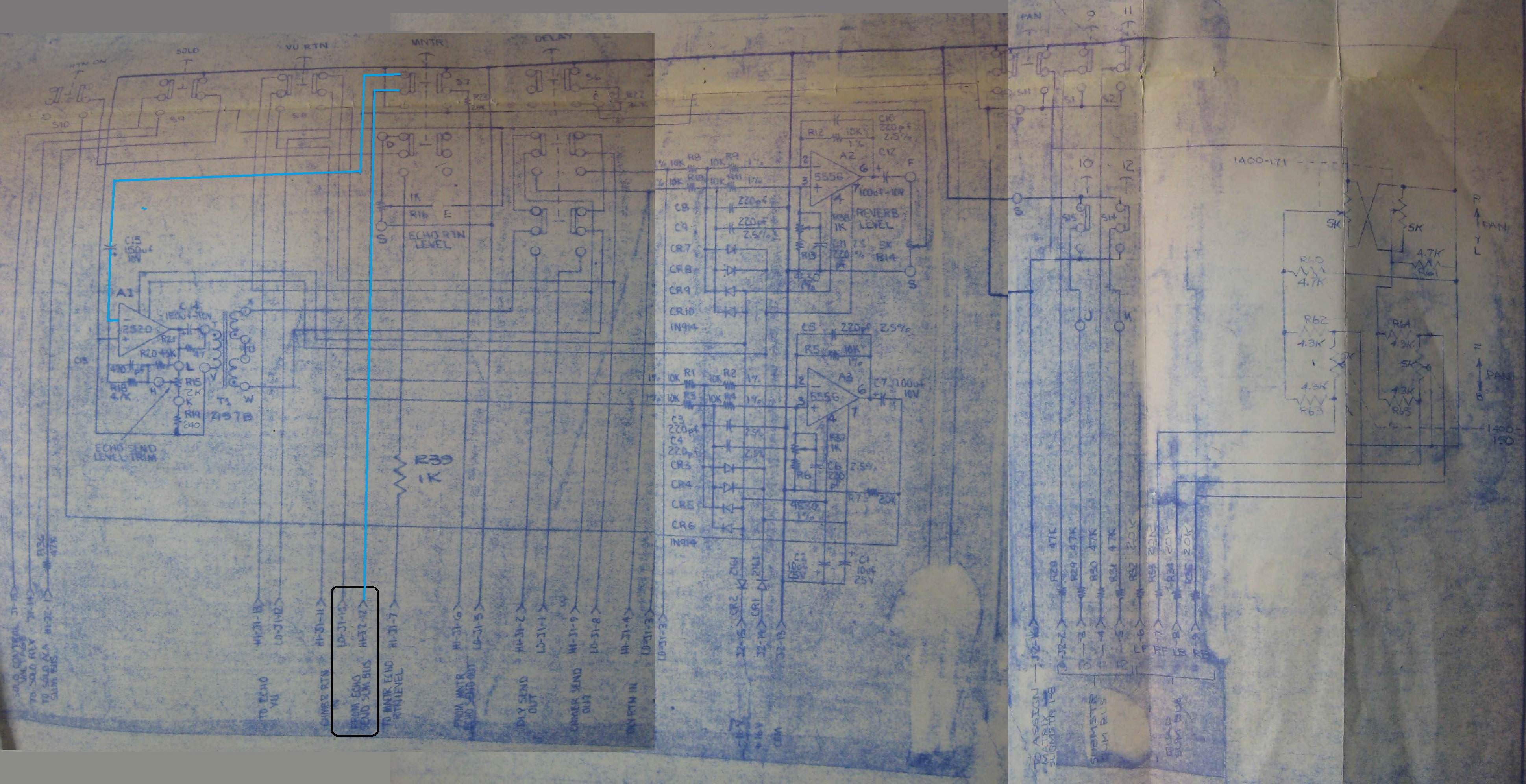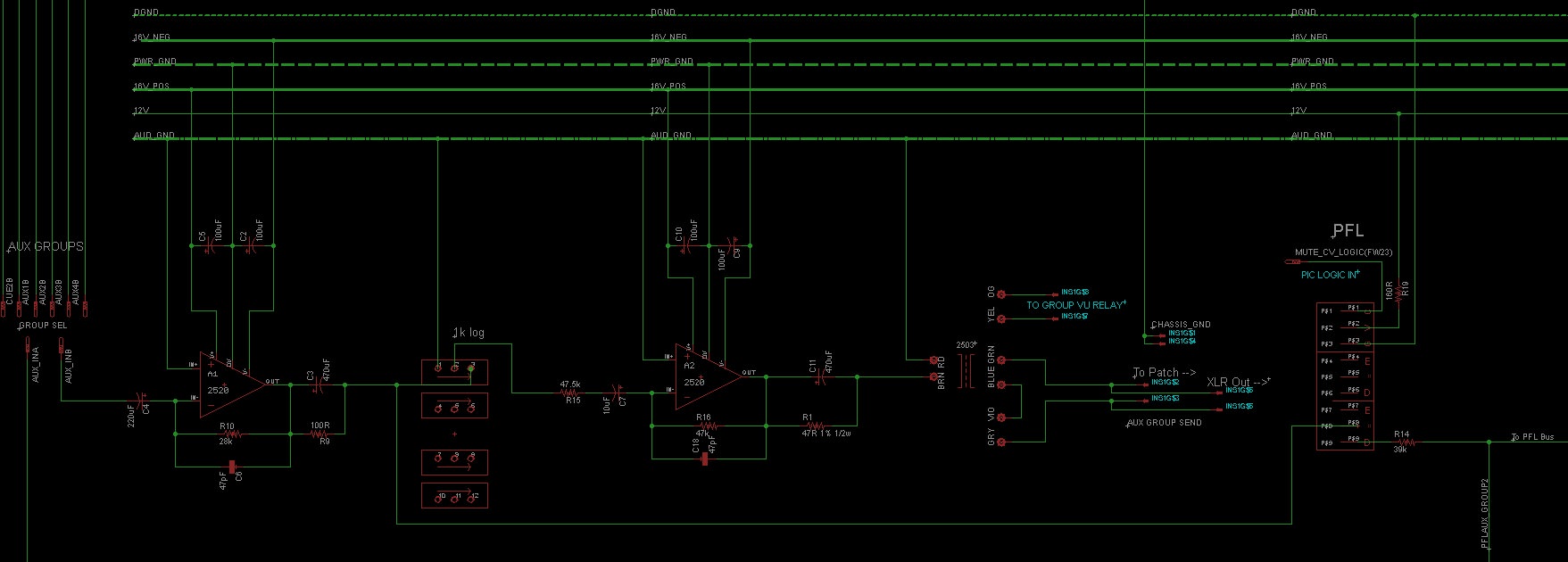Since you're not driving any xfmrs, you don't need R1 & R9.
Yessr, thanks Abby. R9 is not making much sense, but R1 I thought is part of A2 which is driving a 2503. Are you saying even so, R1 is not needed?
R1 / R9 in parallel with "DC blockers"C3 / C11 ?
DC path to fader...
Thanks Newmarket. I'm supposed to remember dc makes for scratchy pots.... R9 was a vestige of A1's 2623; Removed.
As yet, i'm still not sure about R1. I am ASSuming it is there to properly load A2 but perhaps without the voltage divider on A1's now omitted tx, R1 is no longer needed (question I'm humbly putting to you guys)

i'm not really sure but I believe that API uses a simple pot wired as a voltage divider after the ACA's transformer and that's it.
Thanks pahstah, yes, that's how Jeff's ACA/Bo has it-- straight from the old 70's API playbook.
Again, I inferred from a question Ian posed elsewhere about the need for TX1 to mean if it's not supplying balanced signal anywhere, why include it? Sound / isolation-wise it couldn't hurt, but omitting it would make it possible to fit three aux sends on a pcb where otherwise only two would fit when using two tx's and two 2520's per send.
Unless anyone thinks removing A1's 2623 hurts the performance or 'vibe' of the combiner & send, I'll take the extra space over the extra iron, since these are not main channel aca's.






































